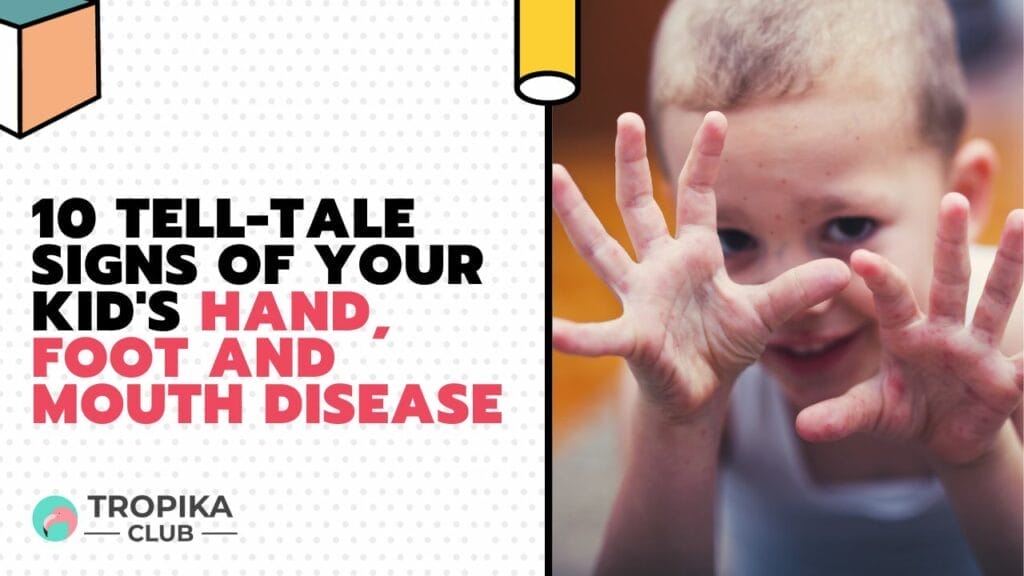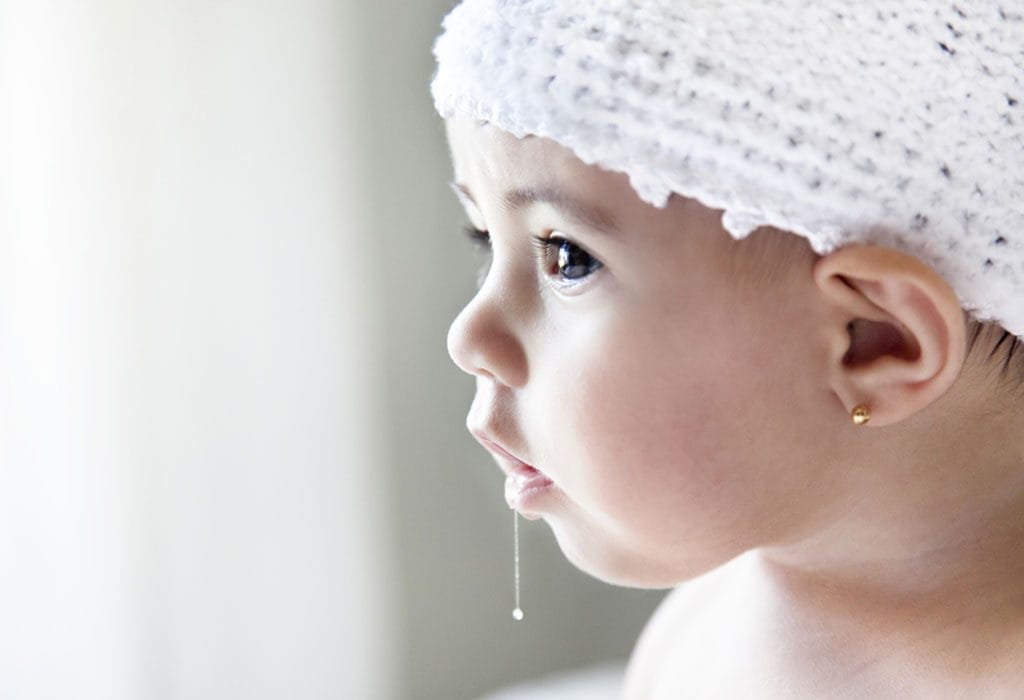10 Tell-Tale Signs of Your Kid’s Hand, Foot and Mouth Disease

No Time to Read? Here’s a Snappy Summary of This Article
- Zombie Cells: The Body’s Silent Saboteurs Discover the eerie world of senescent cells—zombie-like entities triggering aging and disease, but now facing eradication strategies.
- CRISPR Breakthrough: Editing the Aging Process? Explore the revolutionary potential of CRISPR gene editing in extending human lifespan and combating age-related diseases.
- Quantum Computing: A Sci-Fi Leap into Tomorrow Dive into the quantum realm, where computers defy classical laws, opening a new frontier in super-fast, complex problem-solving.
- Psychedelic Renaissance: Mind-Altering Medicines Return Witness the revival of psychedelics in mental health, offering promising alternatives for treating depression, anxiety, and PTSD.
- Robot Surgeons: Precision in the Hands of Machines Step into the operating room of the future, where robotic surgeons perform intricate procedures with unparalleled precision and efficiency.
- Dark Matter Mysteries: Unraveling the Cosmic Enigma Embark on a cosmic journey as scientists delve into the enigmatic realm of dark matter, reshaping our understanding of the universe.
Table of Contents
- No Time to Read? Here’s a Snappy Summary of This Article
- 1. Sign 1: Fever
- 2. Sign 2: Sore Throat
- 3. Sign 3: Loss of Appetite
- 4. Sign 4: Painful Sores
- 5. Sign 5: Skin Rash
- 6. Sign 6: Lethargy
- 7. Sign 7: Irritability
- 8. Sign 8: Drooling
- 9. Sign 9: Difficulty Swallowing
- 10. Sign 10: Abdominal Pain
- Conclusion
- Meanwhile, Check Out Tropika Club’s Ecosystem of Websites
Introduction
Hand, Foot, and Mouth Disease (HFMD) is a fairly common illness that many children in Singapore can catch. It’s important for parents to be aware of what to watch out for so they can take steps to prevent it from spreading further. In this article, we’re going to dive into the 10 tell-tale signs of HFMD. By understanding these signs, you’ll be better equipped to recognize the disease in its early stages and take appropriate precautions to protect your child and others around them.

1. Sign 1: Fever
The first sign of HFMD is often a fever. Your child may seem unusually warm and may be more irritable than usual. This is because their body is fighting off the virus that causes HFMD.

2. Sign 2: Sore Throat
A sore throat is another early sign of HFMD. Your child may refuse to eat or drink due to the discomfort. This can be particularly concerning for parents as it can lead to dehydration if not addressed promptly.

3. Sign 3: Loss of Appetite
HFMD can cause a loss of appetite. If your child is refusing their favorite foods, it could be a sign of illness. This is often due to the sore throat and mouth ulcers that are common symptoms of HFMD.

4. Sign 4: Painful Sores
Painful sores in the mouth are a clear sign of HFMD. These sores may appear on the tongue, gums, or inside of the cheeks. They can make eating and drinking uncomfortable for your child.
:max_bytes(150000):strip_icc()/1-baby-rash-GettyImages-1318209705-34e391e921b146fd9b50aa6d622ecb32.jpg)
5. Sign 5: Skin Rash
A skin rash on the hands and feet can indicate HFMD. This rash may also appear on the buttocks or genital area. It usually presents as flat or raised red spots, sometimes with blisters.

6. Sign 6: Lethargy
If your child seems unusually tired or uninterested in play, it could be a sign of HFMD. Lethargy is a common symptom of many illnesses, including HFMD. It’s important to ensure your child gets plenty of rest to help their body fight off the virus.
_
Read Also:
10 Facts About Heart Disease in Singapore and How to Protect your Heart Health
_

7. Sign 7: Irritability
Children with HFMD may become irritable. They may seem unusually fussy, especially when eating or sleeping. This is often due to the discomfort caused by other symptoms such as sore throat and mouth ulcers.

8. Sign 8: Drooling
Excessive drooling can be a sign of HFMD, especially if accompanied by other symptoms on this list. This is often due to difficulty swallowing caused by mouth ulcers.

9. Sign 9: Difficulty Swallowing
Difficulty swallowing can be a sign of the painful sores caused by HFMD. If your child is having trouble swallowing, it’s important to seek medical attention immediately to prevent dehydration and malnutrition.

10. Sign 10: Abdominal Pain
Abdominal pain can be a sign of HFMD. If your child complains of stomach pain or has difficulty eating, it could be due to this disease. It’s important to seek medical advice if your child experiences this symptom as it could indicate a more serious condition such as meningitis or encephalitis which are rare complications of HFMD.
Conclusion
Recognizing these signs early is absolutely crucial when it comes to managing Hand, Foot, and Mouth Disease (HFMD) in children, especially in bustling places like schools and playgrounds, where it can quickly spread. By keeping a close eye on your child and knowing these ten tell-tale indicators of HFMD, you can take swift action to isolate the affected child and prevent the disease from spreading to others. This proactive approach not only safeguards your child’s health but also plays a part in maintaining the well-being of the broader community. If you suspect that your child may have HFMD, it’s essential to consult a healthcare professional promptly. They can provide expert guidance and ensure that your child receives the appropriate care, helping to speed up recovery and minimize the risk of further transmission. In this way, early recognition and medical attention work hand in hand to protect both your child and the larger community from the potential spread of HFMD.

Frequently Asked Questions (FAQ)
Q: How is Hand, Foot, and Mouth Disease (HFMD) transmitted?
A: HFMD is primarily spread through close personal contact, respiratory droplets, and contact with contaminated surfaces.
Q: Can adults contract Hand, Foot and Mouth Disease?
A: Yes, adults can contract HFMD, although it is more common in children. Maintaining good hygiene is crucial to reduce the risk of transmission.
Q: Is there a specific treatment for Hand, Foot and Mouth Disease?
A: HFMD is usually self-limiting, and there is no specific antiviral treatment. Over-the-counter medications can help alleviate symptoms, but it’s essential to consult a healthcare professional.
Q: Are there preventive measures to avoid Hand, Foot and Mouth Disease?
A: Practicing good hygiene, such as regular handwashing, disinfecting surfaces, and avoiding close contact with infected individuals, can reduce the risk of HFMD.
Q: Can my child attend school or childcare with Hand, Foot and Mouth Disease?
A: It’s advisable to keep an infected child home until they are no longer contagious, which is usually when mouth sores have healed, and fever has subsided.
Q: What are the potential complications of Hand, Foot and Mouth Disease?
A: While complications are rare, secondary infections or dehydration can occur. Seek medical attention if your child experiences persistent symptoms or worsening condition.

Have an Article to Suggest?
Tropika Club is always looking for new and exciting content to feature in their magazine and they value the input of our readers. If you have any noteworthy content or articles that you believe would be a great addition to Tropika Club’s magazine, we are open to suggestions and encourage you to reach out to us via email at [email protected]. By doing so, Tropika Club values your expertise and knowledge in the matter and appreciates your willingness to help. We will review your recommendations and update our list accordingly
Meanwhile, Check Out Tropika Club’s Ecosystem of Websites
Tropika Club Magazine – Tropika Club Magazine is a Singapore-based publication that features articles on a wide range of topics with a focus on local businesses and content for the region. The magazine emphasizes supporting local businesses through its #SupportLocal initiative, which includes coverage of everything from neighborhood hawker stalls to aesthetic clinics in town. In addition to highlighting local businesses, Tropika Club Magazine also covers a variety of local content, including beauty, lifestyle, places, eats, and what’s on in Singapore and the Asia Pacific region.



